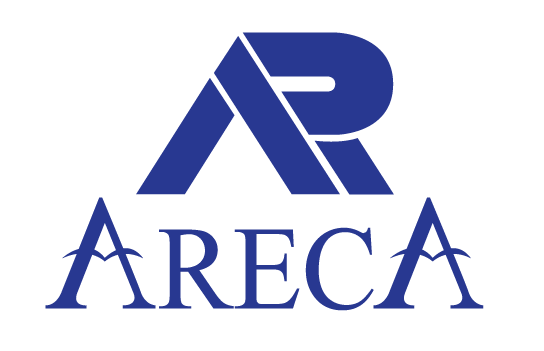The success of complex metalwork projects hinges on adept project management and the ability to integrate diverse skills from multidisciplinary teams. Coordinating the intricate tasks involved requires a strategic approach that can accommodate different areas of expertise, from engineering and design to fabrication and quality assurance.
Creating a turnkey solution means delivering a self-sufficient project where all components are designed and executed to function together seamlessly. This process necessitates not only technical proficiency but also an understanding of how each discipline interacts and contributes to the overall outcome.
In this article, we will explore the pivotal steps to establishing an effective turnkey solution tailored to the complexities of metalworking. By harnessing the strengths of your team and implementing robust management practices, you can navigate the challenges of delivering high-quality results within specified timelines and budgets.
Identifying Key Requirements for Your Metalwork Project
Understanding the critical requirements of a metalwork project lays the foundation for its success. Assemble multidisciplinary teams comprising experts from various fields such as engineering, design, and quality assurance. Their diverse perspectives will enrich the project scope and lead to innovative solutions.
Begin with a thorough analysis of the specific needs of the project. This includes defining the purpose, desired outcomes, and any regulatory standards that must be met. Engaging stakeholders early in the process will provide valuable insights, ensuring that all expectations are aligned from the outset.
Next, assess the technical specifications. This evaluation should encompass material properties, fabrication techniques, and potential environmental impacts. Recommendations from your team can inform the selection of materials and processes that will optimize performance and durability.
Budget constraints are another key element to consider. A detailed budget should be prepared, accounting for all stages of the project. Transparent communication regarding financial expectations can enhance collaboration among team members and stakeholders.
Finally, develop a timeline that incorporates all phases of the project from conception to completion. Milestones should be established to monitor progress, facilitating timely adjustments if any challenges arise. By addressing these fundamental requirements, you create a clear roadmap that guides the project toward successful execution.
Streamlining Workflow with Integrated Technology and Tools
In the realm of complex metalwork projects, integrating technology and tools plays a pivotal role in enhancing workflow efficiency. A well-defined project management framework helps in aligning multidisciplinary teams towards a unified goal. By incorporating the latest software solutions and automated processes, teams can facilitate better communication and transparency throughout the project lifecycle.
Utilizing an integrated project management tool can streamline the planning phase, enabling teams to oversee various aspects concurrently. This approach allows for real-time monitoring of progress, resource allocation, and potential bottlenecks, ensuring that adjustments can be made proactively. Comprehensive planning is enhanced by incorporating data analytics, which provides valuable insights into performance metrics and helps to inform decision-making.
Collaboration tools can also bridge the gap between different disciplines involved in the project, allowing for seamless sharing of information and feedback. By centralizing project documentation and communication, teams can reduce the risk of misalignment and errors. This synergy ultimately leads to improved productivity and faster project completion times.
In conclusion, integrating advanced technology and collaborative tools into the workflow not only optimizes project management but also cultivates a culture of innovation among teams. By emphasizing coordinated efforts and data-driven decisions, organizations can elevate their output quality and adaptability in complex metalwork projects.
Managing Quality Control and Compliance in Metal Fabrication
In the fabrication of metalwork, maintaining high standards of quality control and compliance is paramount. This involves precise planning and implementation of processes that align with industry regulations and client requirements. A structured approach to project management ensures every phase of production adheres strictly to these standards.
Quality control begins with a thorough understanding of the specifications laid out at the project’s inception. By focusing on critical parameters such as material properties, tolerances, and finishes, teams can develop robust measurement and testing strategies. Engaging with quality assurance teams early in the process helps identify potential compliance issues before they escalate, promoting proactive solutions.
Moreover, the integration of technology plays a significant role in enhancing quality assurance processes. Utilizing advanced tools such as automated inspection systems and real-time monitoring solutions enables teams to detect deviations instantly. This technological synergy not only streamlines workflows but also reinforces a culture of accountability and precision throughout the project lifecycle.
Continuous training and development of personnel are also vital in upholding quality standards. Regular workshops and certification programs ensure that all team members are well-versed in the latest industry practices and compliance requirements. By investing in people, organizations can cultivate expertise that directly translates to superior end-to-end solutions.
To discover more about how to implement effective quality control in your metal fabrication projects, visit https://www.canalengineering.co.uk/.
